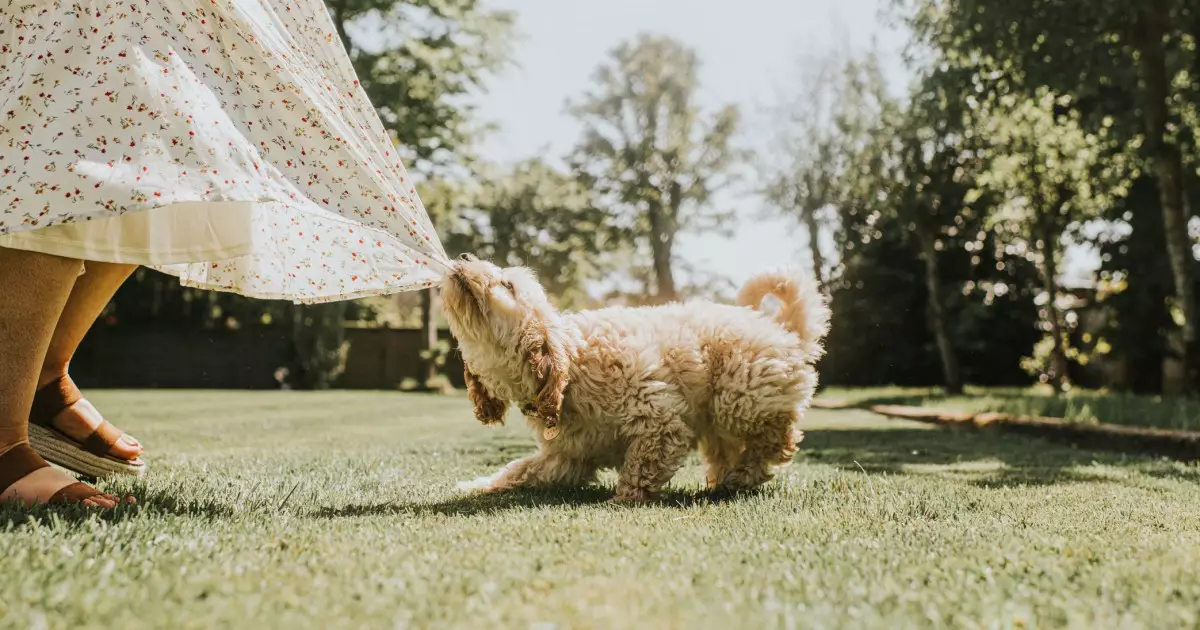Welcoming a new dog into your home can be a rewarding experience that also comes with its unique set of challenges. Whether you’re a first-time dog owner or a seasoned pet parent, understanding the hurdles and how to navigate them can make a significant difference in the adjustment process. This article aims to delve into some common difficulties people face when bringing a new dog home and offer practical advice on how to manage them effectively.
When a dog enters a new environment, they may experience feelings of anxiety and insecurity. Dogs are social animals that thrive within a pack, and suddenly finding themselves alone in an unfamiliar space can be distressing. Their initial emotional responses may manifest in various ways, ranging from excessive barking to clinginess or even destructive behavior.
To help ease your dog’s transition, it’s crucial to invest time in building their confidence. If possible, consider taking a few days off work or working from home during the first week to bond with your new furry friend. Gradually introduce them to their new surroundings by spending quality time together. Engaging them with toys that stimulate their minds can also help reduce anxiety when you are away. Start by leaving for short periods and returning with praise and treats — this reassures your dog that you will always return. Patience is key; give them time to feel secure in their new home.
Dietary adjustments can also be a significant stressor, as changes in food or environment can lead to digestive issues, such as vomiting or diarrhea. Many new pet owners might initially overlook this aspect, but it is vital to understand the potential links between diet, anxiety, and gastrointestinal distress.
To ensure a smooth transition, it’s advisable to continue feeding your dog the same food they were given before coming home. After a few days, you can gradually introduce their new food by mixing it with the old. This step will help minimize digestive troubles. Additionally, it’s essential to keep your living space safe by eliminating access to toxic plants or harmful human foods while your dog is getting accustomed to their new environment. And if issues persist, don’t hesitate to seek guidance from a veterinarian.
Dogs can feel overwhelmed in unfamiliar settings, and providing them with a safe, cozy space can help mitigate their fears. Allow your new canine companion the comfort of sleeping next to you, at least for the initial adjustment period. If a crate is used, positioning it next to your bed can provide a sense of security as your dog can hear your familiar sounds.
Making sure your new dog has a designated sleeping area with a comfortable blanket and a place to rest can also provide reassurance. However, meeting their physical exercise requirements should not be overlooked; regular walks and play sessions can greatly alleviate anxiety and promote better sleep. This way, your dog will feel more relaxed and comfortable in their new space.
Dealing with Chewing and Destructive Behaviors
It’s natural for dogs, particularly younger ones, to chew on anything they can find, especially when they’re nervous or teething. This behavior can become problematic if not managed promptly. As a responsible pet owner, it’s crucial to provide a wealth of appropriate chew toys and keep personal items out of reach to discourage undesirable chewing.
Establishing a dedicated play area can help focus your dog’s energy and attention on acceptable toys, while also preventing access to valuable items that may tempt them. Consistent training will play a vital role in rectifying chewing behavior, and seeking help from a professional trainer can prove beneficial in extreme cases.
A new environment may feel chaotic and overwhelming for a dog. It is essential to nurture a sense of security by ensuring they remain on a leash during outdoor excursions until they are comfortable with their surroundings. Off-leash parks should be avoided until your dog is fully acclimated and secure in their new environment.
Additionally, the safety of your home must be a priority. Make sure your yard is adequately secured and that your dog is microchipped and fitted with proper ID tags. These simple precautions can help prevent potential escape, as newly adopted dogs can sometimes run off in search of familiarity.
Embracing Your New Role
Owning a dog is a significant commitment that can lead to lifestyle adjustments. Initial doubts and feelings of being overwhelmed are normal and will likely fade as your relationship with your new dog deepens. Providing consistent love, structure, and routine will help facilitate a smoother transition for both you and your dog.
As the days go by, the trials you faced during this adjustment period will give way to a fulfilling bond with your furry companion. In no time at all, you may find yourself marveling at the positive changes brought about by welcoming your new best friend into your life. Embrace the experience, invest your time and love, and enjoy the journey of dog ownership!

